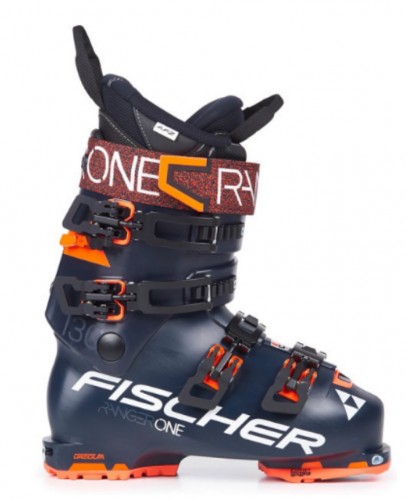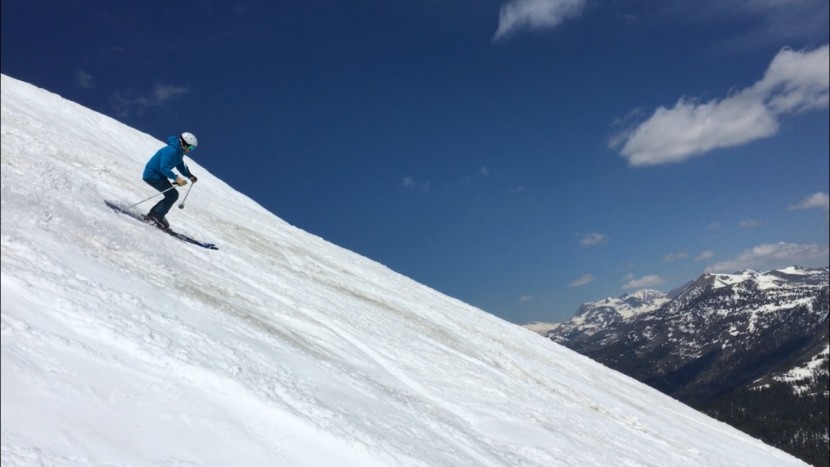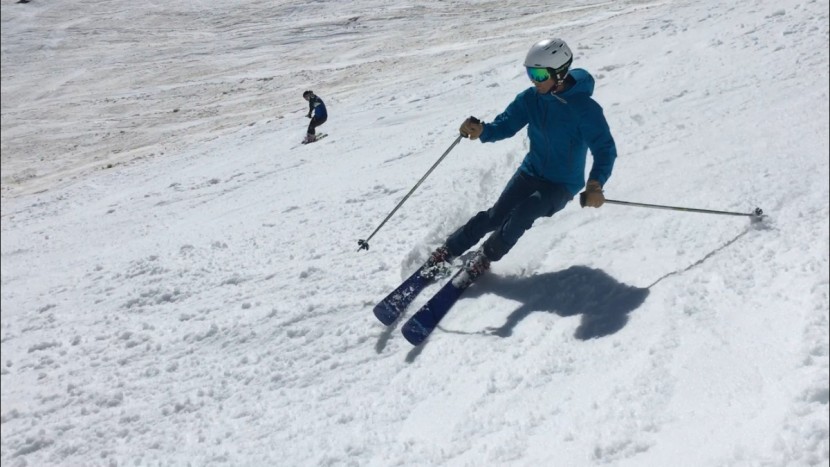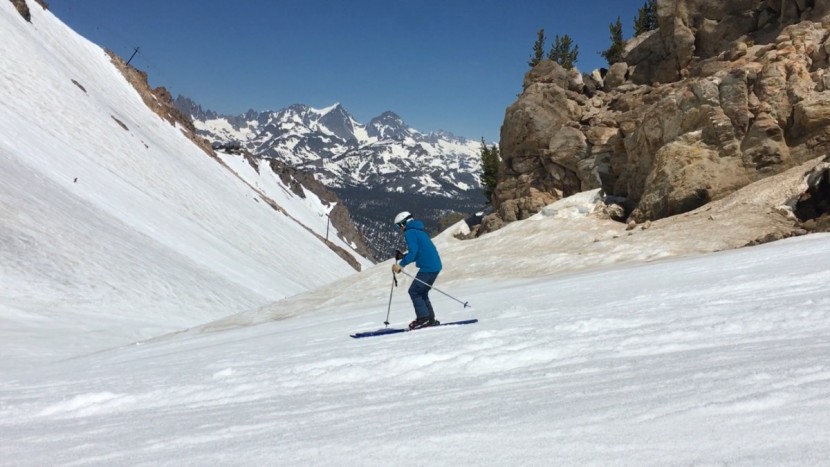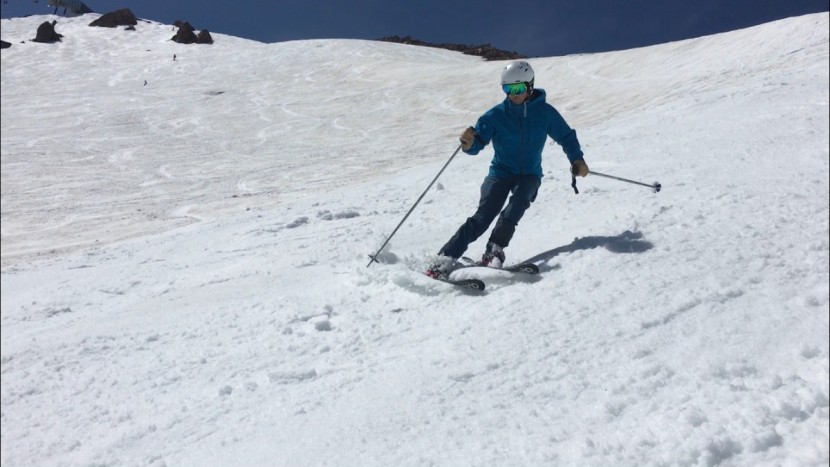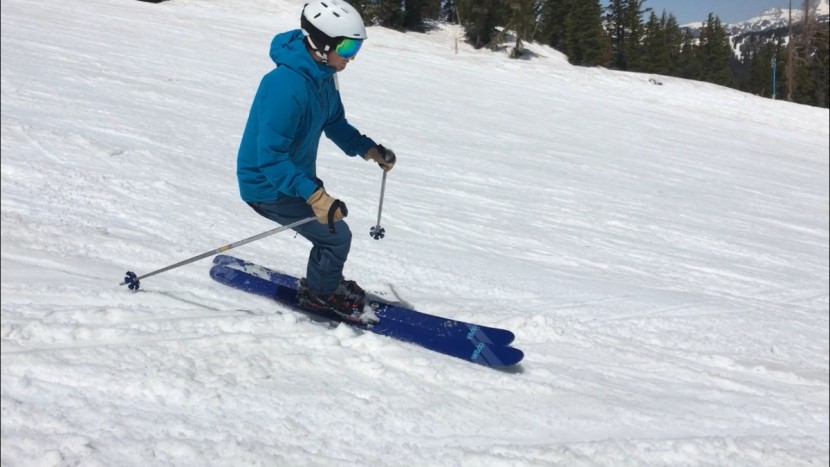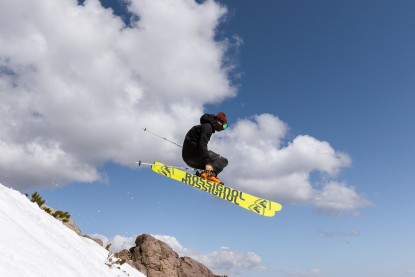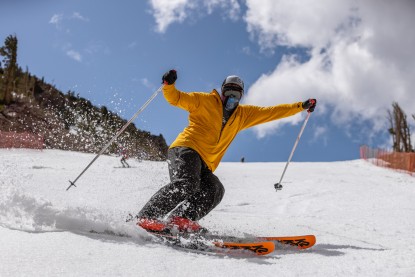Fischer Ranger One 130 Review
Our Verdict
Our Analysis and Test Results
Performance
Performance
The Fischer Ranger is billed as a 130-flex rated boot, but it feels a bit more like a 120 when compared with some of its other classmates in this flex class that also have a walk mode. It is too easy to put a touring boot, no matter how stiff it is, up against a similarly rated alpine or race boot, but there are several boots in our review that provide a more progressive, and supportive forward flex than the Ranger. Those boots definitely come with a weight penalty, though. Flex ratings aside, can the boot ski? Sure it can! Our lead tester is 5'11 and weighs 165 pounds, and found that the Ranger offered up plenty of support for skiing in all but the most aggressive situations. Heavier or more powerful skiers may find the forward flex limiting, but for someone looking for a freeride boot that has better than average walk mode with the ability to put in resort laps in funky snow, this boot can serve up the necessary performance given that caveat. Those looking seriously at this boot should recognize that there is a trade-off in performance for getting access to such a lightweight and easy-walking boot, and we feel that it is indeed worth the slight decrease in performance in limited situations.
Comfort
The Fischer Ranger is available in a 99mm width, which should fit most medium to low volume feet. It is less contoured than other boots we tested, and so might require a minimum of a heat molding to get the heel and toe box of the boot to fit well. Our lead tester feels that the heel pocket fits well, though it is a bit tight in the midfoot area that he would want to have punched out in the long term. We found that it had as much room as another 130 rated boot with a substantial walk mode in our review that advertises a 101mm width. The Fischer liner is a good one, on par with the Intuition and Atomic liners that we have come to really love. With easy to open buckles and a generous walk mode, getting around at the ski hill feels like a walk in the park, and should give you the all-day comfort you hope for.
The Ranger is only available in one width, so there is less opportunity to choose the last width that best suits your foot, but if you consider yourself to have a medium volume foot then this should work well for you.
Features
This hybrid boot is feature-rich and is representative of the growing class of boots that want to be both ready for resort laps as well as big touring days in the backcountry, whether lift-accessed or not. The Ranger is a four-buckle boot with a power strap, but don't let that fool you — it also features a 55-degree walk mode that is almost twice the range of motion provided by other models in this class of boot. If we want to go out on a multiday ski tour that involves a lot of horizontal mileage being covered then we would probably opt for a boot that is lower in the cuff and is lighter, but the Ranger One is as comfortable when out on day tours with substantial descents as many in the touring category but serves up much better downhill performance.
The walk mode lever is unusual in its position, in that it fits flush underneath the upper buckle rather than on the back of the Achilles like most do. This took a bit of getting used to, but we do appreciate that it is harder to accidentally engage, that it does not get clogged with snow as easily and that it is easier to see what you are doing rather than reaching blindly behind you.
The boot comes with a sole that is set up to be compatible with both Grip Walk and tech bindings, but additional sole blocks must be purchased if you want to use these with your standard alpine bindings.
Warmth
The quality 3D liner provided with the Ranger wraps snugly around the foot and keeps it warm on colder days. We did not feel the need for any aftermarket boot warmers or internal aftermarket boot heaters and found it easy enough to release the buckles when on the chair lift for better circulation, though if you tend to have cold feet then nothing short of boot modification, toe warmers or extra room for warmer socks will help. When in the skin track, you'll likely be generating so much heat that you won't need to worry about it.
Durability
We do not have any durability issues to report after our time spent testing the Rangers, and with replaceable soles these should last a number of years even with frequent use. We do wonder about the walk mode lever, and how easy it might be to break off if it were to get caught behind a ski pant cuff, it is certainly thinner and more fragile feeling than the more durable tabs or levers found on most of the models in this category, though time will tell.
The liners are good quality, though after heat molding may begin to pack out, especially if you are touring a lot, as the repetitive movement in the skin track will compress the foam faster than if you only ski in the area.
Value
Priced at $800, the Fischer Ranger is really two boots in one. Given its wide range of use, from riding lifts to exploring untracked powder stashes, it is a pretty good value, and with the addition of the alpine sole blocks, can fit just about every binding on the market.
Conclusion
The Fischer Ranger 130 is a hybrid boot that serves up performance both in and out of bounds. With a remarkable range of motion for its boot class, and with lightweight materials that keep it from weighing you down on the uphill, it might actually be the ONE boot that can do it all and do it well. It does not have quite as much stiffness as its rating might indicate, so if you are a heavier or a super aggressive skier you might look to another model in this class, but for many who want to dabble on both sides of the rope, this boot could be the ideal model to consider.


